At first glance, it looks like a typical scene from the 1970s. Three young women walking down the street, smiling, confident. Wearing mini skirts, stylish blouses with wide collars, and fashionable shoes. A book in hand, light steps, animated conversation. The atmosphere feels like something out of a French or Italian film about university life.
There’s no sign of fear. No headscarves, no watchful eyes, no restrictions or pressure. Just freedom, youth, and ease. Looking at this photo, you’d be forgiven for thinking it was taken somewhere in Europe — perhaps Paris, Vienna, or even Milan. That’s how students from progressive countries looked back then — dreaming of education, fashion, and travel.
But here’s the shocking truth: this isn’t Europe. It’s not even the West. This is Kabul, Afghanistan. 1972.
Yes, the very same Kabul that today many associate with strict Islamic rule, bans on girls’ education, mandatory hijabs, and near-total suppression of women’s freedoms. But back then — before the coups, before the invasions, before the revolutions — Afghanistan was something entirely different. Free, modern, educated. And women were an active, visible part of that society.
This photo isn’t just a memory. It’s proof — proof of how fast an era can vanish. How a society once moving forward can be pulled decades backward. The young women in this image could’ve become doctors, teachers, engineers. They dreamed of the future. But just a few years later, their dreams became a crime.
Today, this image is more powerful than ever. It reminds us that what seems normal isn’t always permanent. And sometimes, to understand a tragedy, all you need to do is look a little closer at a happy moment.

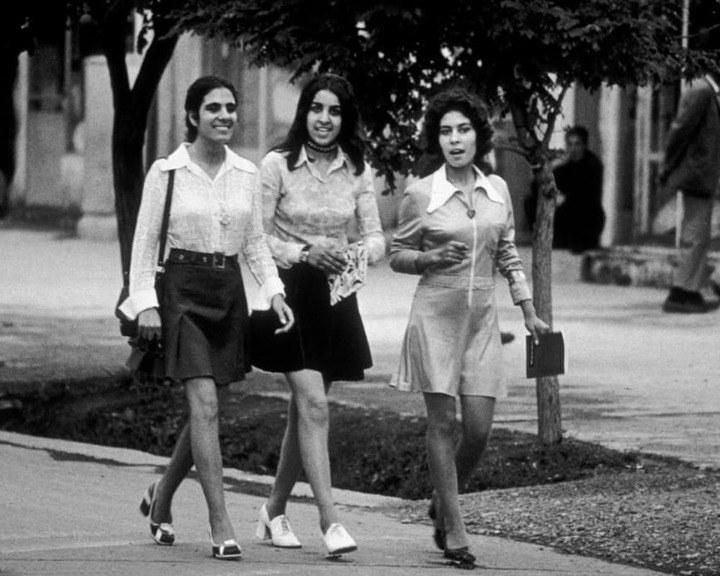

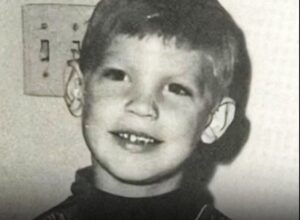

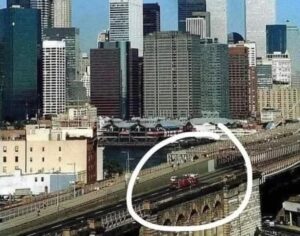


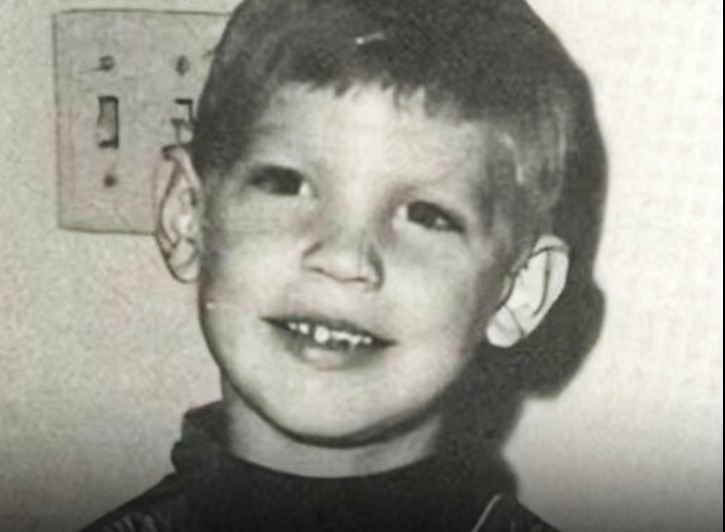



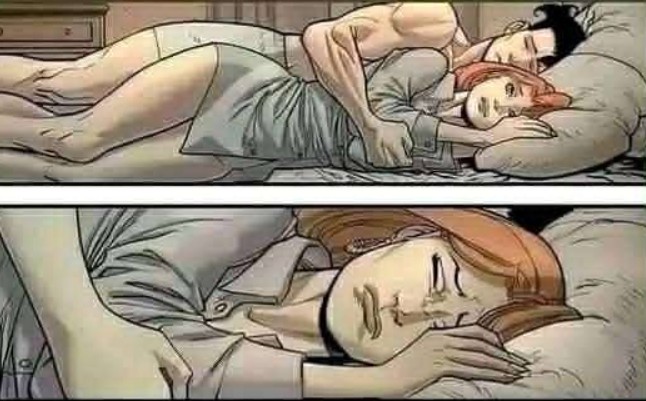
+ Немає коментарів
Додайте свій